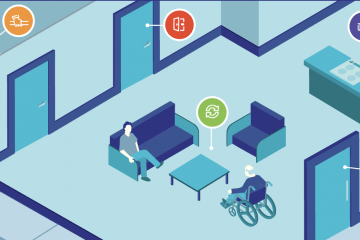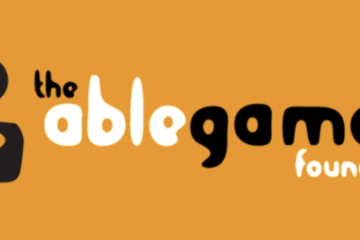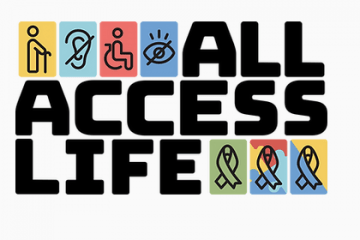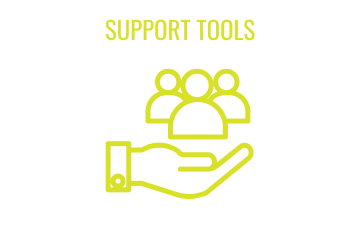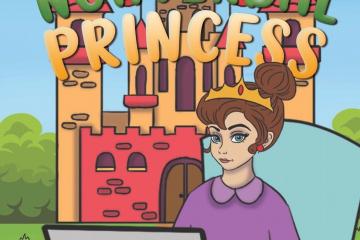Accessible Innovations in Technology - 2025 Updates
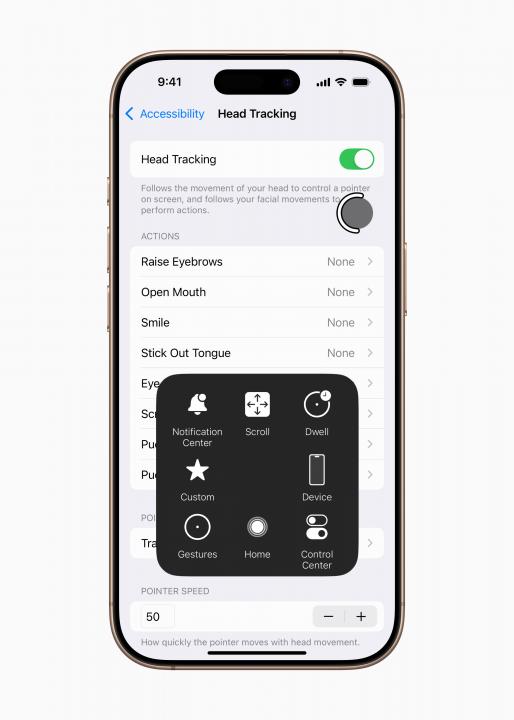
The Latest in Technology for People with Disabilities: 2025 Updates
Technology for people with disabilities is advancing at an unprecedented pace, with artificial intelligence (AI), machine learning, and mainstream tech giants leading the way in accessibility innovation. In 2025, several major updates and new tools are making digital and physical spaces more inclusive than ever. Here’s a look at the most exciting developments, highlighting recent announcements from Apple, Microsoft, and the growing impact of AI-based solutions.
AI-Based Tools: Smarter, More Personalized Accessibility
According to Texas Tech University’s guide to AI-based disability tools, the accessibility landscape is rapidly evolving thanks to AI. Some of the most notable recent tools include:
- AccessNow: AccessNow is a mobile app that utilizes AI to crowdsource and map accessibility information about public spaces worldwide. It helps individuals with disabilities find and share information about accessible transportation options, ramps, elevators, and other amenities, making public spaces more inclusive.
- Be My Eyes Virtual Volunteer: Now powered by OpenAI’s GPT-4, this app enables users to send images and receive instant visual assistance, describing scenes, reading text, or identifying objects.
- OrCam: A wearable device for people who are blind or visually impaired, OrCam instantly reads text, recognizes faces, and identifies products using AI.
- Voiceitt: This speech recognition tool is designed for people with non-standard speech, making voice technology accessible to those previously excluded.
- Project Guideline: Developed by Google, this uses machine learning to help people with visual impairments run independently by following a painted line with just a phone and headphones.
- Parrotron: This on-going Google research project makes it easier for users with atypical speech to talk to and be understood by other people and by speech interfaces, with its end-to-end speech conversion approach more likely to reproduce the user’s intended speech.
These tools demonstrate how AI is not just automating tasks, but also personalizing experiences, interpreting complex environments, and breaking down communication barriers.
Apple’s 2025 Accessibility Innovations
Apple continues to set the standard for mainstream accessibility. In May 2025, Apple announced a suite of new features across its ecosystem:
1. Accessibility Nutrition Labels
What’s New: App Store product pages will now include detailed “Accessibility Nutrition Labels,” showing which accessibility features an app supports (e.g., VoiceOver, captions, color contrast).
Impact: Users can easily determine if an app meets their needs before downloading, empowering more informed choices
2. Magnifier for Mac
What’s New: The popular Magnifier app, previously on iPhone and iPad, comes to Mac, letting users zoom in on their physical environment with advanced camera integration.
Impact: Enhances access for users with low vision, supporting multitasking and document reading.
3. Braille Access
What’s New: Turns Apple devices into full-featured braille note-takers, supporting math/science notation (Nemeth Braille) and real-time conversation transcription.
Impact: Deepens integration for braille users across devices, making education and communication easier.
4. Accessibility Reader
What’s New: A new reading mode that customizes text for users with dyslexia or low vision, with options for font, color, spacing, and spoken content.
Impact: Makes reading more accessible across all Apple platforms.
5. Live Listen and Live Captions on Apple Watch
What’s New: Real-time captions for audio streamed to hearing devices, now viewable and controllable from Apple Watch.
Impact: Greater independence for deaf/hard-of-hearing users in meetings or classes.
6. Brain-Computer Interface (BCI) Support
What’s New: iOS, iPadOS, and visionOS now support Switch Control for BCIs, letting users control devices with brain signals.
Impact: A breakthrough for users with severe mobility impairments.
7. Enhanced Eye and Head Tracking
What’s New: Improved dwell and switch options for eye tracking, plus head tracking for device control.
Impact: More intuitive, hands-free navigation for users with limited mobility.
Apple’s updates are powered by on-device machine learning, ensuring privacy and real-time responsiveness.
Microsoft: Accessibility Across Devices and Workplaces
Microsoft’s accessibility platform continues to expand, focusing on both software and workplace inclusion:
1. Windows 11 Accessibility: Built-in screen readers, voice access, and live captions are now smarter and easier to use.
2. AI-Powered Tools: Microsoft’s Seeing AI app narrates the world for blind users, while Immersive Reader helps those with dyslexia or learning differences.
3. Inclusive Design: Microsoft 365 apps now feature improved keyboard navigation, color filters, and accessibility checkers, making workplace documents and meetings more inclusive.
4. Employment Initiatives: Microsoft is investing in hiring and supporting people with disabilities, ensuring that accessibility is central to its products and culture.
AI and Web Accessibility: The Role of accessiBe
Platforms like accessiBe are using AI to make the web more accessible automatically:
How It Works: accessiBe’s AI scans and remediates websites in real-time, adding alt text, adjusting color contrast, and enabling keyboard navigation.
Why It Matters: This helps businesses comply with accessibility laws and ensures that people with disabilities can access online content without barriers.
Challenges and the Road Ahead
While technology is advancing rapidly, challenges remain:
- Bias in AI: As noted by Texas Tech researchers, AI systems can still exhibit bias against people with disabilities. Inclusive design and stakeholder involvement are crucial.
- Affordability and Awareness: Many tools are still expensive or not widely known, especially in low-income regions.
- Ongoing Education: Both developers and users need training to maximize the benefits of new technologies.
Summing it Up
The future of accessibility is bright, with 2025 bringing smarter, more integrated, and more personalized solutions for people with disabilities. From Apple’s ecosystem-wide updates to Microsoft’s inclusive tools and the rise of AI-powered web accessibility, technology is breaking down barriers and opening new possibilities for independence and participation. As these innovations continue, the commitment to inclusive design and user involvement will ensure that technology truly works for everyone.
Sources AND RESOURCES:
Texas Tech University: AI-Based Disability Tools and Resources
Apple’s 2025 Accessibility Features
accessiBe: AI and Web Accessibility
Microsoft Accessibility

